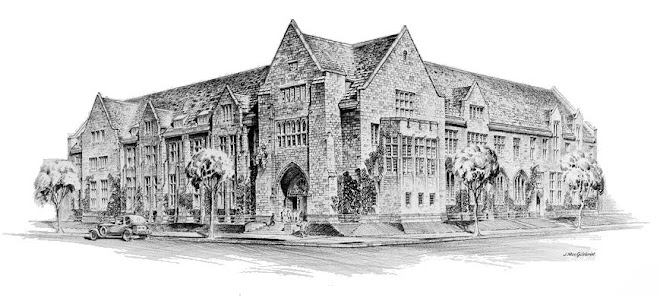Temple of Esna

Temple of Esna (compare level of modern town)

Temple of Esna at Night (compare level of modern town)

Esna 67: The so-called "Baptism of Pharaoh" Scene (Claudius 41-54 AD)

Location Esna Inscription 67

Esna 70: Claudius with Nekhbet and Wadyt, tutelary deities of Upper and Lower Egypt(Claudius 41-54 AD)

Location of Esna Inscription 70

Esna 206: The Theology of Neith of Sais
This column contains a very important text concerning the creation of the world. In this text, the main creative deity is Neith, local deity from the city of Sais in the Nile Delta. The text begins: "Ritual performed in this temple of Neith, great one, mother of the god, lady of Upper and Lower Egypt, (and) performed in the temple of Neith, great one, mother of the god, lady of Esna, on Epiphi 13. Father of fathers, mother of mothers, the goddess who came into being at the beginning when she was in the midst of Nun, having come forth from her limbs while the land was still in darkness, the day having united with the night. Land had not come forth. No plants existed ..." One important section of this text describes the creation of Apophis from the umbilical of the sun god: "Now, she disposed of the umbilical cord of her son, whom she made, in the midst of Nun. It turned into a snake of 120 cubits who is called Apophis. His heart created the rebellion against Re with his conferderates who came forth from his eye."

Esna Temple Ceiling

Esna Temple Ceiling

Esna Temple Columns

Esna Temple Columns

Esna 95: Hymn

Esna 95: Copy

Esna 95: Transcription

Esna 103: Cryptographic Ram Text - a hymn written mainly with variations of the ram hieroglyph

Esna 126: Cryptographic Crocodile Text - a hymn written mostly with variants of the crocodile hieroglyph

Pharaoh doing what Pharaoh does - smiting enemies!

Mosque in the town of Esna

Bibliography:
Leitz, Christian. "Die beiden kryptographischen Inschriften aus Esna mit den Widdern und Krokodilen." Studien zur Altägyptischen Kultur 29 (2001), 251-276
Quack, Joachim Friedrich. "Apopis, Nabelschnur des Re." Studien zur Altägyptischen Kultur 34 (2006), 377-379
Sauneron, Serge. Esna II: Le Temple d'Esna. Cairo: IFAO, 1963






1 comment:
But Foy, you didn't mention the dinosaur! :) Wonderful photos as always - thanks!! J
Post a Comment